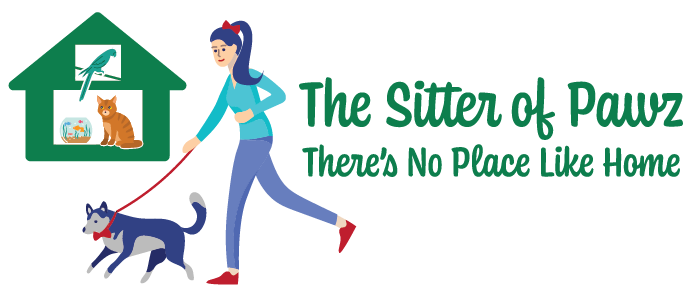Putting a Halt to Jumping & Pulling
The problem with a puppy who jumps up on people and pulls during their walks is that they become grown dogs who continue to jump up on people and pull during their walks. Unlike teething, these are two “puppy behaviors” that puppies will not outgrow. In fact, this behavior typically just gets worse until it has been corrected. What is cute in a little 10-20 pound puppy is not so cute, and can actually be quite painful, coming from a 50-100 pound adult dog.
The reason I put jumping on people and pulling on leashes in the same article is because the training method is generally the same. Ignore the little culprit and reward the behavior that you want. Let's start with jumping.
When you come home and your darling pup jumps up on you it’s because they are excited to see you. The best way to stop this behavior is to keep your entrance toned-down and take them outside immediately. It is harder to jump on a moving target that has their back turned to you. Once outside, if they continue jumping, tell them to sit. If they sit, give them a treat as a reward or throw a ball and begin a play session for good behavior. If they do not sit, or go potty right away, cross your arms across your chest and turn away from them, ignoring them until they stop jumping. If the jumping continues, you can walk inside as long as they are in a secure backyard. Only pet them, reward them with a treat, or begin to play ball when they are sitting and behaving the way you want them to behave. If you give them correction instead of ignoring them, you are still giving them attention, which is what they want. So, instead of correcting them, just ignore them until you get the desired response.
As with everything, consistency is key. Therefore, when you have people come over, you will want to remain consistent in your training. One of the easiest ways to do this is to train “sit” and “stay”. In order to teach “sit”, I use treats. Put the treat over your dogs head, which makes them sit back, because they are looking at the treat. When they do sit, say “Good dog” (or boy/girl) and give them the treat. Do this several times a day. Eventually replace the treat with an ear scratch with your “Good dog” or a toy. Soon enough “Sit” & “Good dog” will be enough for your dog to sit, especially if you still reward them with a treat on occasion. The next step is to get them to sit during distractions. Practice sitting, with treats, when someone comes into the room, when the doorbell rings or someone knocks on the door.
To practice “Stay”, you put your hand in front of your dog's face with your palm out and say “Stay”. Walk away a few feet, wait a minute, and then say “Come”, then pat your legs for them to come and get their treat. As they do well with their “stay” commands, you keep moving further away, and then eventually out of the room. Your pup can’t jump while they are sitting and staying.
When walking your dog that pulls and lunges, instead of walking beside you, the training methods are similar. Your dog is so excited to walk that they are pulling. They want to walk. When they pull, stop the walk and have them sit. When they are calm, give them a treat and begin the walk again. The first day you may not get very far on your walk, but if you are consistent, you should be able to walk further and further each day without having to stop and sit. Another method of getting a dog to stop pulling is to stop and walk in the other direction. Again, you may be doing a lot of back and forth until your pup realizes that everytime the leash gets tight because of their pulling, the walk stops and you go the other way. When distractions come along, like a squirrel, another dog, or a person, if they have been trained properly in “sit & stay”, then you shouldn’t have any problem getting them to do so until the distraction has moved on.
Every now and then you might have a special dog, like a dog with a high prey drive, that needs more training from a professional. Make sure that you are a part of that training so that you can remain consistent at home. You’d be surprised how often it is the pet parent that needs the training, even more than their precious pup.

